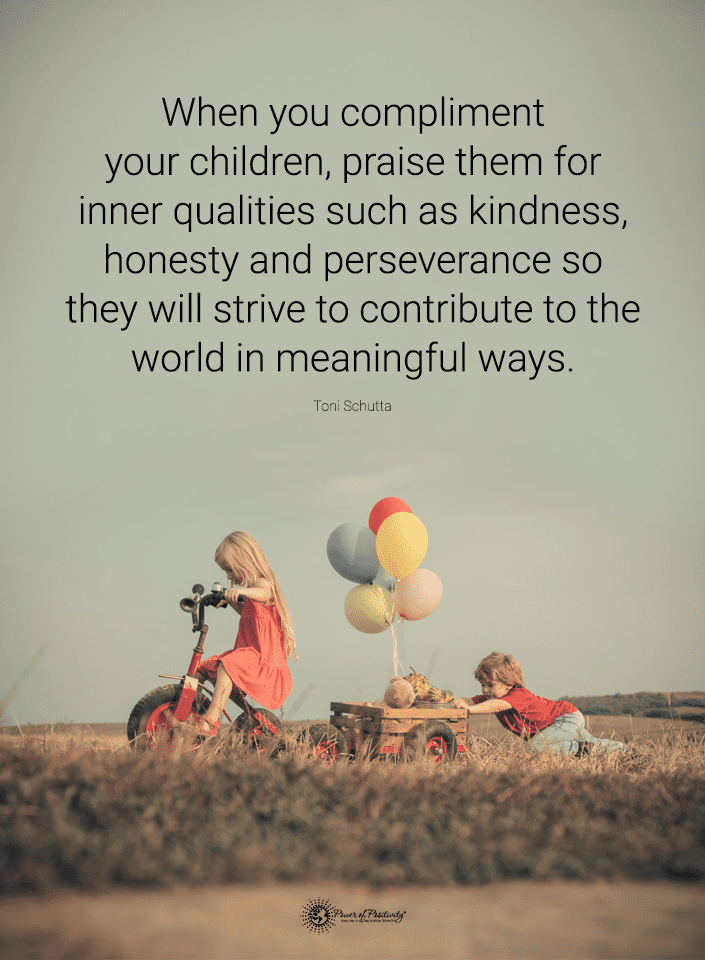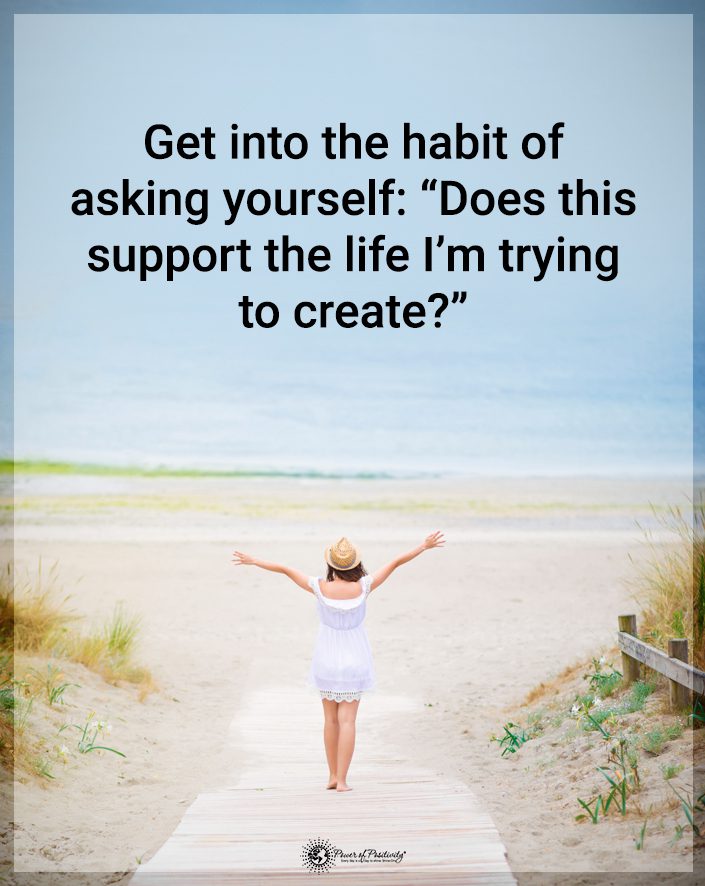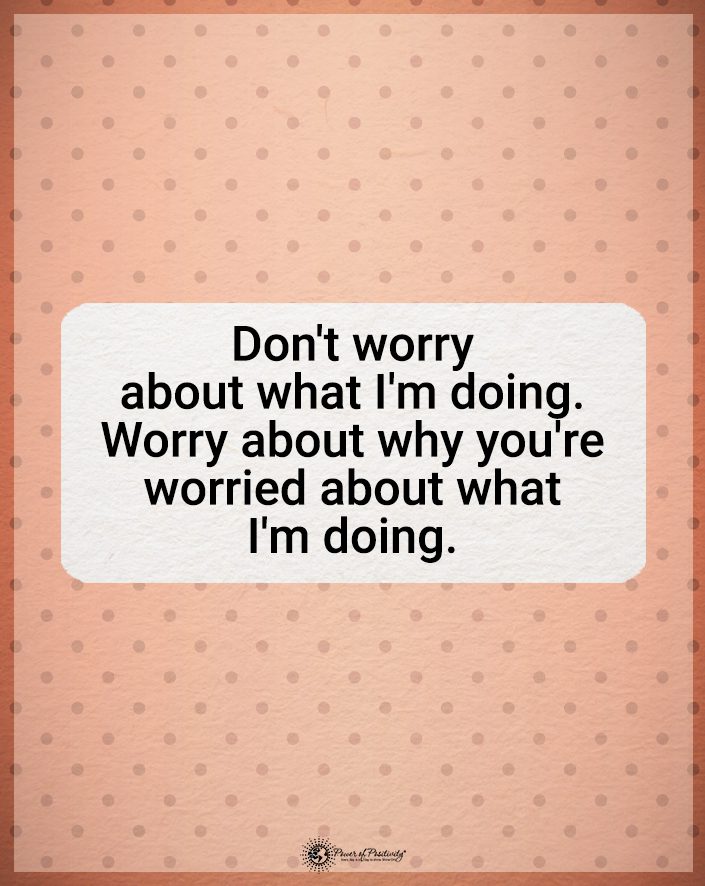What are the signs of children who are earth angels?
In a world bustling with diverse personalities and talents, a unique group of individuals stands out even from a young age for their extraordinary qualities. These are the children who embody traits so profound and pure that they are often referred to as “Earth Angels.”
Here Are The Ten Signs of a Child Earth Angel
Understanding these traits helps recognize these special young souls and supports their growth in a world that might not always understand their depth.

1 – Deep Sense of Empathy in Children
Have you ever noticed a child who seems to feel the emotions of those around them more intensely than others? This child might be the one who offers a hug when someone is sad or who shares their toys without being asked. They seem to have an innate understanding of others’ feelings – a trait far beyond their years. This deep sense of empathy is one of the hallmark signs of an Earth Angel.
For parents and guardians, this presents both a challenge and an opportunity. The challenge lies in helping these children manage the overwhelming emotions they might pick up from others. The opportunity, however, is tremendous. These children, with their innate empathy, have the potential to grow into compassionate adults who contribute positively to those around them. Encouraging these children to express their feelings and teaching them ways to shield themselves from emotional overload is essential. In nurturing this trait, we’re not just helping the child; we’re aiding the development of a more empathetic future generation.
2- An Earth Angel Experiences Strong Intuition from a Remarkably Young Age
Another sign that a child might be an Earth Angel is their strong intuition. You may have encountered a child with an uncanny ability to perceive things that are not immediately obvious. They might make comments or ask surprisingly insightful questions, or they may have a way of knowing things they haven’t been told. This intuition is like an inner compass guiding them, often leading them to make unexpectedly wise choices for their age.
As adults, it’s crucial to encourage this intuitive sense. We often sideline intuition in the rush of logical reasoning and hard facts. However, for Earth Angel children, this trait is a core part of their being. Listening to them, validating their feelings, and not dismissing their insights, even when they seem out of the ordinary, can help them trust and develop this inner voice. It’s about striking a balance between teaching them the importance of rational thinking and valuing the intuition that comes naturally to them.
3 – Altruistic Nature Displayed Early On
Have you ever been touched by a child’s unexpected act of kindness? Whether sharing their favorite toy with a sibling or being concerned about a homeless person on the street, these children exhibit a rare level of selflessness. This altruism is not just about sharing material things; it’s about a genuine desire to make others happy and to contribute to their well-being without expecting anything in return.
Such a selfless nature in children is a precious gift. It reflects a generous heart and a spirit inclined towards improving the world. Encouraging this trait involves more than just praising their kind acts; it’s about setting an example. Children learn by observing. When they see adults practicing kindness and generosity, they are more likely to continue and expand upon these behaviors. Moreover, involving them in charitable activities suitable for their age can further nurture this trait. Whether participating in local community service or simply helping with household chores, it’s about instilling the value that in helping others, we enrich our lives.
4- An Earth Angel Feels Out of Place Among Peers
One of the more poignant experiences of a child who might be an Earth Angel is a subtle yet pervasive feeling of not fitting in with their peers. These children often seem old souls, exhibiting a maturity and understanding beyond their years. It’s not unusual for them to prefer the company of adults or to enjoy solitary activities that are reflective or creative. This sense of being different can be a source of inner conflict as they navigate the typical social spheres of childhood and adolescence.
The role of adults in these children’s lives is crucial. It’s important to acknowledge their feelings of being different without alienating them. Encouraging them to explore their interests, even if they don’t align with their peers, helps foster a strong sense of self. Activities like reading, arts, or music can be great outlets. Equally important is providing opportunities for them to interact with like-minded individuals – other children who share similar interests or sensitivities. This helps in reinforcing the idea that while they might be different, they are not alone in their experiences.
5 – This Gifted Child Feels a Strong Connection to Nature
Another striking aspect of children who may be Earth Angels is their innate connection to nature. These kids are mesmerized by the rustling of leaves, who can spend hours watching ants carry crumbs, or who show an unusual concern for the welfare of plants and animals. Their affinity for the natural world is not just a preference; it’s as if they share a deep, intrinsic bond with the environment.
Fostering this connection benefits the child’s mental and emotional well-being and developing a sense of responsibility towards our planet. Encouraging outdoor play, teaching them about plants, animals, and the environment, and involving them in activities like gardening or nature walks can deepen this bond. Recognizing their need for nature isn’t just about indulging a preference – it’s about nurturing a relationship fundamental to their essence.

6 – An Earth Angel Displays Interest in Spiritual or Metaphysical Concepts (Even as a Child!)
Earth Angel children often display an early interest in spiritual or metaphysical concepts. They might ask profound questions about life and death, express curiosity about the stars and the universe, or be drawn to stories or practices that have a spiritual or mystical nature. This interest shows their inclination to look beyond the material world and explore deeper existential questions.
Nurturing this interest requires a delicate balance. It is important to provide them with resources and answers that satisfy their curiosity. However, allowing them to form their own opinions and beliefs is equally crucial. You can provide this via age-appropriate books and discussions about various cultures and belief systems. You can also provide access to creative mediums like art and music exploring these themes. It’s about creating a safe space where their curiosity is met with knowledge and openness, allowing them to explore the depths of their spirituality.
7 – Peacemaking Abilities in Childhood
A remarkable trait often sets Earth Angel children apart is their natural ability to mediate and resolve conflicts. These children bring calm and understanding even in the tumult of a playground dispute or amid sibling rivalry. They possess an innate sense of fairness and often can see and articulate both sides of an argument, even when this is challenging for their peers.
To support this peacemaking ability, adults need to model conflict resolution healthily. Children learn from what they see. By demonstrating how to resolve disputes calmly and respectfully, adults provide these young mediators with a blueprint for their interactions. Additionally, acknowledging and praising their efforts in conflict resolution reinforces this trait. Encouraging these gifted children to express their feelings and thoughts in difficult situations helps them develop the confidence and skill to use their peacemaking abilities effectively.
8 – Healing Presence in a Child
Children identified as Earth Angels often exude a healing presence. It’s not uncommon for people to feel a sense of calm and comfort in their company. Their ability to listen, offer a kind word, or be present can significantly impact those around them. This doesn’t mean they are constantly serene; like all children, they experience various emotions. Yet, they have this inherent capacity to bring peace to their environment.
Encouraging this trait involves teaching them the importance of self-care and boundaries. A child with a healing presence can sometimes take on the emotional burdens of others. Helping them understand the importance of looking after themselves and setting healthy boundaries is crucial for their well-being. Activities that promote mindfulness and emotional regulation, like yoga or meditation for children, can be very beneficial. By nurturing their healing presence with care and understanding, we enable them to continue bringing light to others without burning themselves out.
9 – An Earth Angel Feels a Higher Purpose or Calling
Many Earth Angel children display a strong sense of having a higher purpose or calling. This might manifest as a persistent interest in certain topics or activities, a deep concern for global issues, or a strong desire to make a difference. They often talk about what they want to do when they grow up with a sense of conviction unusual for their age.
Supporting this sense of purpose involves listening to their ideas and dreams without judgment. It means providing opportunities for them to explore their interests and passions through books, activities, or conversations. Adults can help them connect their interests to real-world issues and find age-appropriate ways to contribute, like participating in community service or environmental projects. It’s about helping them understand they can make a difference no matter how small they are, thus validating their feeling of a higher calling.
10 – This Special Child Has a Loving and Compassionate Demeanor
One of the most endearing qualities of children considered to be Earth Angels is their loving and compassionate demeanor. These are more than just occasional acts of kindness. These children often radiate a consistent warmth and care that affects everyone around them. They’re the children who comfort others without being asked, who share without hesitation, and whose simple presence uplifts the mood.
Adults need to provide an environment where such traits are valued and reciprocated. Children learn love and compassion not just through instruction but through experience. Showing them love, understanding, and compassion in their daily lives teaches them the importance of these qualities. It’s also beneficial to engage them in activities that involve caring for others, such as helping with younger siblings or participating in community service.
Final Thoughts on Recognizing the Signs a Child Is an Earth Angel
The concept of an Earth Angel in a child is a beautiful blend of traits that stand out for their depth and purity. The first step is to recognize these signs. However, the real opportunity lies in nurturing these qualities, providing an environment where they can thrive, and guiding these children to navigate a world that might not always understand their depth.
Understanding these signs is not just about identifying something extraordinary in a child. It’s about embracing and fostering these qualities, thus allowing them to grow into adults who can significantly impact their world. These children, with their unique perspectives and abilities, remind us of each new generation’s profound goodness and potential. We’re not just aiding the child’s growth by supporting the earth angel. Instead, we’re investing in a more compassionate, understanding, and connected future for all.



















